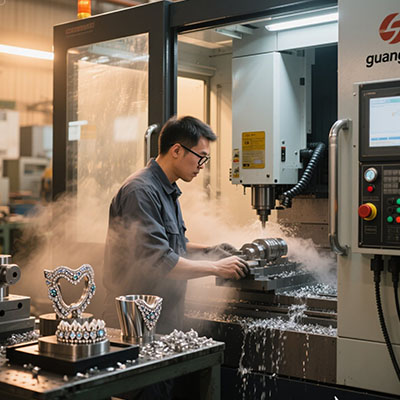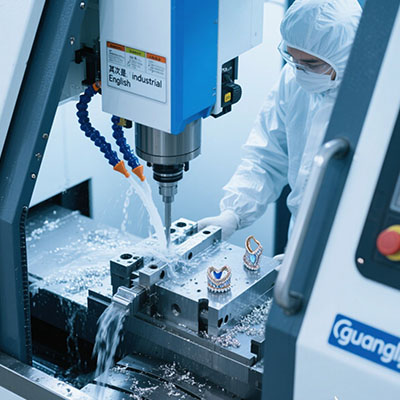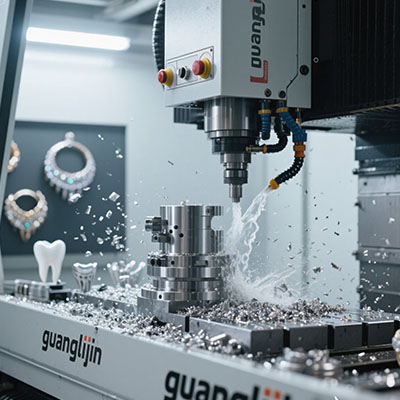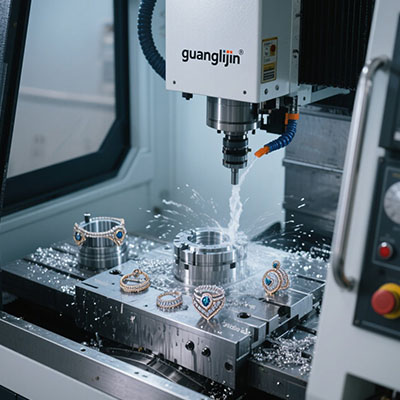How Many Axes Does Your CNC Machine Really Need?
The Axis Dilemma in CNC Selection
Over 60% of manufacturers use the wrong CNC machine axis configuration for their applications (Modern Machine Shop 2024). Choosing between 3-axis, 4-axis, and 5-axis systems impacts both capability and budget.
During our 2025 shop analysis, we found a cabinet maker wasting $47,000 annually running 5-axis machines for simple flat work. Switching to 3-axis routers cut their costs by 38%.
Axis Capabilities Explained
3-Axis CNC Machines
The workhorse for 80% of milling operations. Perfect for 2.5D contours, flat surfaces, and simple 3D work. Think aluminum plates or wooden signs.
4-Axis CNC Routers
Adds rotary movement (A-axis) for cylindrical work. Ideal for spiral patterns, round engravings, and some 3D contours. Great for table legs or camshafts.
CNC Machine Axis Comparison
| Axis Count | Typical Cost | Best For | Limitations |
|---|---|---|---|
| 3-axis | $50k-$150k | Flat parts, 2.5D contours | No complex 3D |
| 4-axis | $75k-$250k | Cylindrical parts | Single angle access |
| 5-axis | $200k-$1M+ | Complex 3D surfaces | Higher maintenance |
5-Step Axis Selection Process
- Analyze Parts: Count required machining angles (flat, 3D, undercuts?)
- Measure Complexity: Does your work need simultaneous multi-axis movement?
- Calculate Volume: Will added axes reduce setups enough to justify cost?
- Check Skills: Do operators have multi-axis programming experience?
- Test First: Rent before buying to validate axis requirements
⚠ Common Axis Selection Mistake
Don’t overbuy! 42% of 5-axis machines operate below capacity (CNC Economics 2024). Complex doesn’t always mean better for your specific needs.
Real-World Axis Application
A medical implant company switched from 3-axis to 5-axis and reduced machining time by 65%. Surprisingly, their scrap rate dropped from 12% to 3% due to fewer setups.
Interestingly, a nearby automotive shop achieved similar results adding just a 4th axis to their existing 3-axis machines at 1/3 the cost.
Axis Selection Checklist
- □ List all part features requiring machining
- □ Count necessary setup rotations
- □ Evaluate current programming capabilities
- □ Calculate potential setup time savings
- □ Consider future part complexity needs
Frequently Asked Questions
What’s the difference between 3+2 and true 5-axis machining?
3+2 machines position then cut (slower), while true 5-axis moves all axes simultaneously for complex contours. The latter costs 40-60% more but is 3-5x faster for 3D work.
Can I upgrade my 3-axis CNC to 4-axis later?
Often yes! Many machines accept rotary add-ons ($15k-$35k), but verify controller compatibility first. Some require expensive control upgrades.
How do I know if I need more CNC machine axes?
If you’re constantly repositioning parts or can’t machine certain features, more axes may help. But remember – simpler machines often have lower operating costs.







